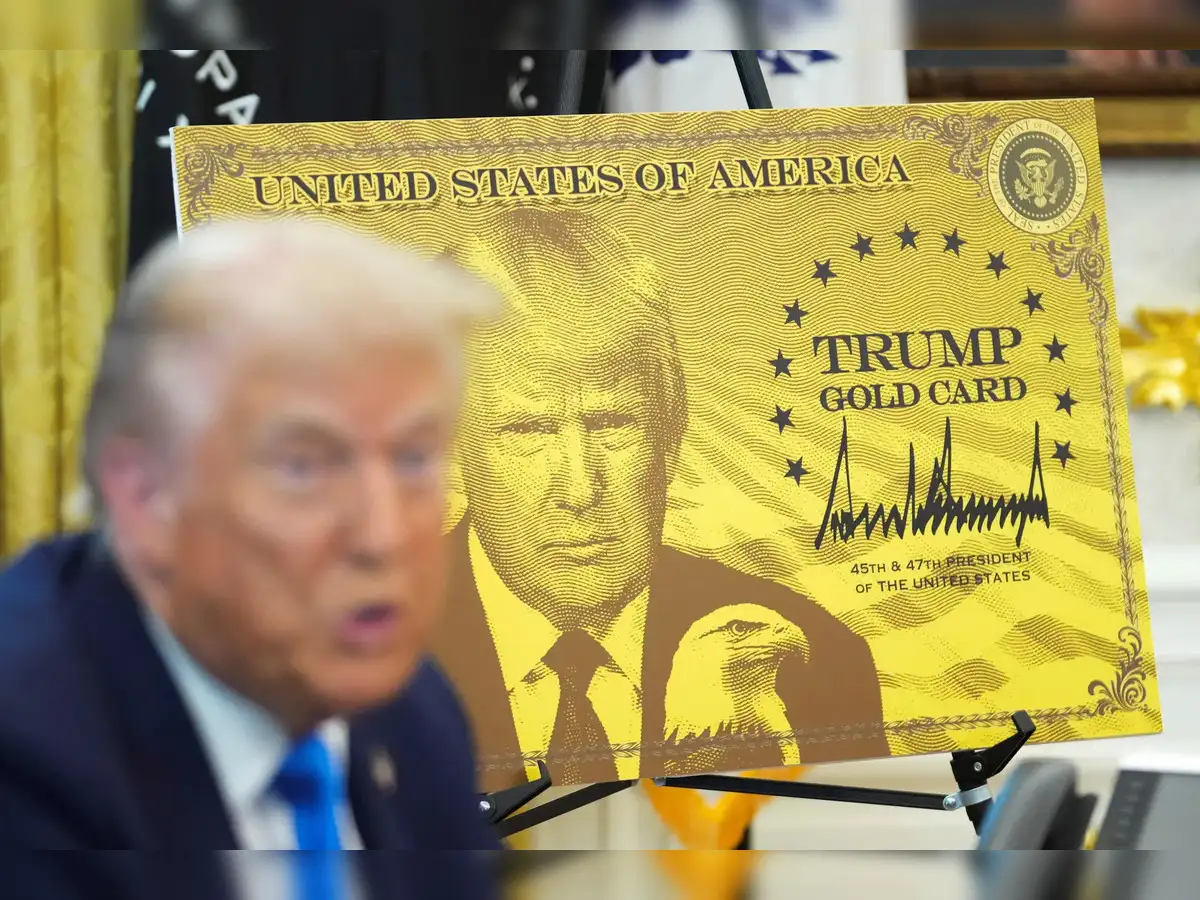



Congestion pricing, a fee-based system for entering a city's central business area, has proven successful in cities like London, Singapore, and Stockholm. It generates revenue for infrastructure improvements, improves air quality, and facilitates faster commutes. However, India faces challenges due to high private vehicle numbers and depends on traffic patterns, rules, and environmental concerns.

Copyright infringement not intended
Picture Courtesy: https://spontaneousorder.in/congestion-pricing-road-to-a-better-living/
New York City introduced congestion pricing in January 2025, becoming the first city in the United States to implement such a plan.
Congestion pricing is a system where drivers entering a city’s central business area are charged a fee to reduce traffic congestion.
In January 2025, New York City became the first U.S. city to implement it to decongest the highly trafficked Manhattan district. Drivers will pay $9 during peak hours to enter the area.
Several cities globally have adopted congestion pricing. Singapore started in 1975, followed by London (2003), Stockholm (2006), and Milan (2008). Each city uses electronic toll systems, but the fees vary.
Congestion pricing has the potential to benefit Indian cities. Congestion pricing in cities like Mumbai could ensure faster commutes for those who can afford to pay while providing better alternatives such as buses and trains for others.
India faces challenges like the high number of private vehicles in cities, making congestion pricing difficult to implement without widespread public support. In Mumbai, for example, there are 2.7 million private vehicles for 12.4 million people.
To make the system effective, Indian cities would need better communication to clarify the benefits and improve public transportation alternatives, such as buses. Without this, people may resist the policy, viewing it as a punishment rather than a solution.
Congestion pricing may be feasible in some Indian cities, but it depends on the city's traffic patterns and other factors:
Congestion pricing is a travel-demand management measure that charges private vehicles to access high-demand areas. The goal is to discourage private vehicle use and promote public transportation. Congestion pricing has been successfully implemented in cities like London, Singapore, and Stockholm.
Must Read Articles:
GLOBAL STATUS REPORT ON ROAD SAFETY 2023
CHALLENGES TO ROAD SAFETY IN INDIA
Source:
|
PRACTICE QUESTION Q.Discuss the role of public transport in reducing traffic congestion and its environmental impact in Indian cities. 150 words |







© 2025 iasgyan. All right reserved